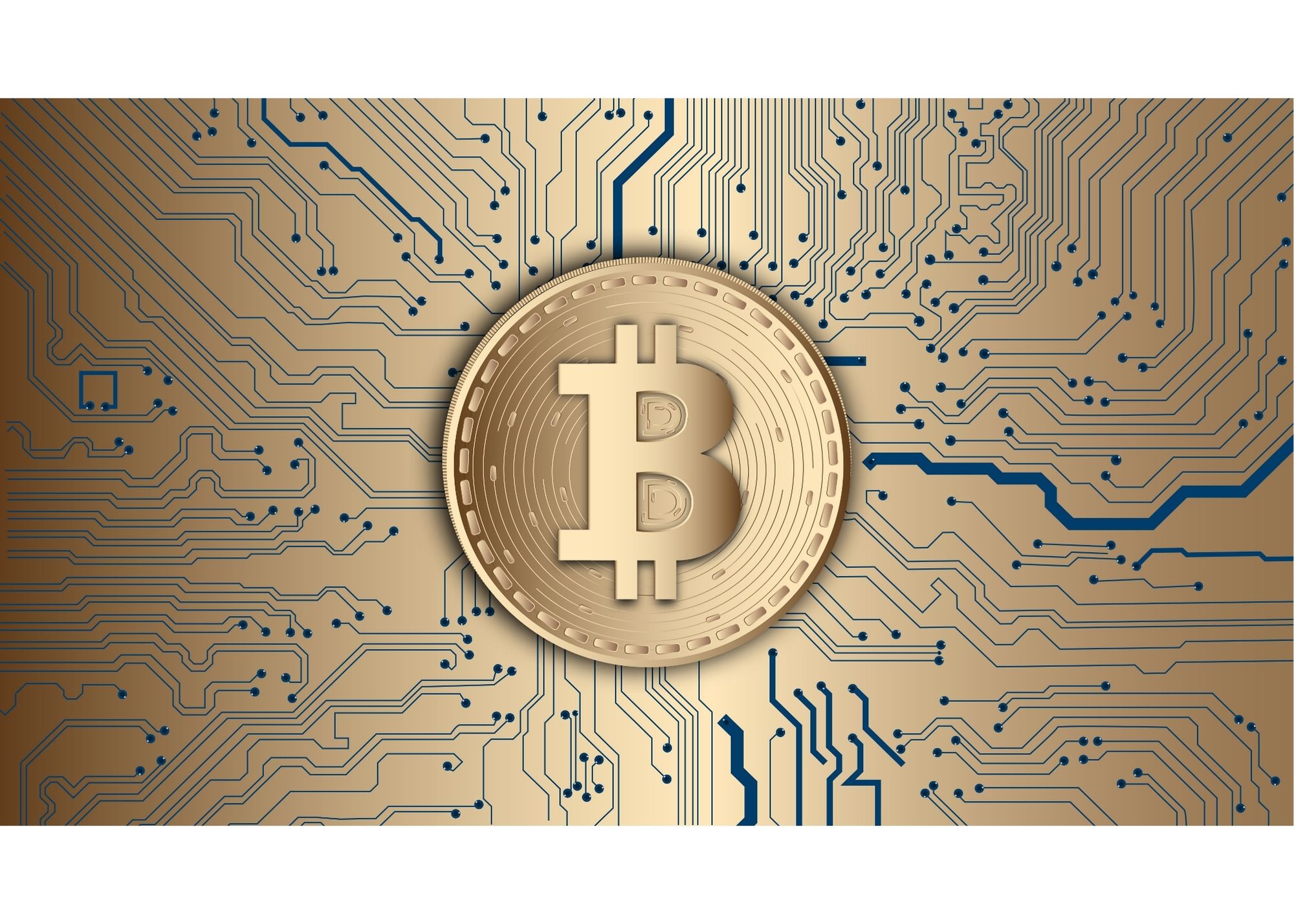Solana Price Predictions – Is It Worth Buying?
Over the last couple of months, the Cryptocurrency bull run has stalled and turned into a bear market with prices down over 20% from their highs. However, with the recent explosion in crypto creation, development and launches, it can be overwhelming to decide which coin or project you should be investing in.
While Bitcoin and Ethereum grab most of the headlines, one project that deserves serious attention is Solana. SOL has experienced astronomical growth over the last year and has emerged as a low-cost and high-speed alternative to the more popular Ethereum.
Solana labs created Solana in late 2017 in San Francisco. The project’s chief architect goes by Anatoly Yakovenko, who drafted up a whitepaper known as proof of history.
This whitepaper has proven to be vital in the success of cryptocurrency and has caught the attention of many industry experts and projects.
What Is Proof of History?
Proof of history is a concept that allows nodes to agree on the order and timestamp of events without trusting each other. In simpler terms, it’s a way to timestamp transactions in a trustless manner.
This solves one of the most significant issues with blockchains – namely, the lack of trust between participants. With proof of history, nodes can independently verify that an event happened at a particular time and that no other event occurred between then and now.
With the combination of proof of history with Solana’s block time of 400 milliseconds, the result is a blockchain that can process over 50,000 transactions per second. This gives Solana a distinct advantage over the other cryptocurrency giants.
Solana Tokenomics
Solana has a max supply of 489M tokens, with 301 million tokens currently in circulation. This yields an inflation rate of around eight percent. Inflation rates are essential to consider when looking at a token’s long-term prospects because it gives an idea as to how much new supply is hitting the market. However, with inflation rates too high, it can devalue the token.
Fortunately, Solana has a disinflationary inflation schedule between 13 to 15 percent, which reduces inflation over time.
Since the beginning of 2021, Solana has seen its market cap grow from $1.12 billion to over $68 billion. That’s approximately 60x growth in it market cap over the past year alone.
Solana Ecosystem
The Solana ecosystem is one of the most exciting aspects of this project.
The Solana ecosystem comprises several components that work in tandem with the protocol to increase its speed, scalability and dApps (decentralized apps) based on the Solana platform’s open architecture. Anyone with some technical ability can use the platform’s open protocol and developer tools to start building on it.
The ecosystem now supports around 500 dApps, but the network’s rapid expansion suggests that this figure will only increase.
Solana’s eight “core innovations” make it the world’s first web-scale blockchain ecosystem, allowing it to scale to trillions of transactions per second. These computational techniques support thousands of node operators, allowing transaction throughput to scale proportionally with network bandwidth.
Indicators Supporting the Longevity of Solana
When looking at the long-term success of any cryptocurrency, there are some key indicators to use. Here is a breakdown of these indicators to exemplify the possibilities of the Solana token.
- What problem is Solana trying to solve?
The Solana blockchain was created to offer an alternative to more traditional financial exchanges, such as the NASDAQ.
While this was the primary goal for Solana, it has grown into something far more significant than Yakovenko had initially intended.
Solana is currently creating crypto wallets, NFTs, gaming worlds, oracles and much more.
- Importance of Decentralization
Decentralization is a crucial metric for assessing long-term project safety. As the global financial system becomes more like Bitcoin, the SEC and other governments will be increasingly concerned with investor protection. There are currently over 1,200 validators on the Solana network.
- Risks and Competition
Being a relatively new project, Solana has some obstacles to overcome. The most notable of these is that it’s still in beta testing and therefore isn’t wholly decentralized yet.
The primary competition for Solana is Ethereum and EOS, among others such as Zilliqa. Solana has come out and said it does not want to be known as the ETH killer, but instead, as a partner of ETH.
The greatest threat to the success of Solana is Ethereum if it can successfully pull off Ethereum 2.0. However, even if Ethereum 2.0 exceeds expectations, there is still a strong chance that Solana remains in the top five cryptocurrencies due to the other reasons stated throughout this article.
- Value Analysis
Let’s look at some numbers. ETH received no institutional investment in October, whereas Solana received just over $36 million. When comparing the inflow of institutional funds and market capitalization, Solana wins with a multiple of 1.84, while Ethereum fails to pass the test. The lower the number is, the more value has been unlocked. Therefore, we can give Solana a robust value analysis.
Solana Price Forecast Summary
After analyzing Solana, let’s review some of the core advantages of this token.
- Solana is also the fastest smart contract blockchain in cryptocurrency by a wide margin.
- There are minimal barriers to entry for validators, which opens the door to decentralization.
- Solana is still in beta and is already in the top 10 cryptocurrencies based on market cap.
- Strong partnership growth with companies like Circle, Audius and many more.
- Solana has been able to achieve economies of scale which enables them to keep fees low.
- Solana is an open-source blockchain.
- Over 350 projects are currently built on Solana.
The bottom line is Solana has a strong future and should continue substantial growth in the upcoming years.
How high could Solana go? According to a wide range of experts anywhere from $200 to $1,000. Even at the low end that represents upside of almost 50% over the course of the next year.



